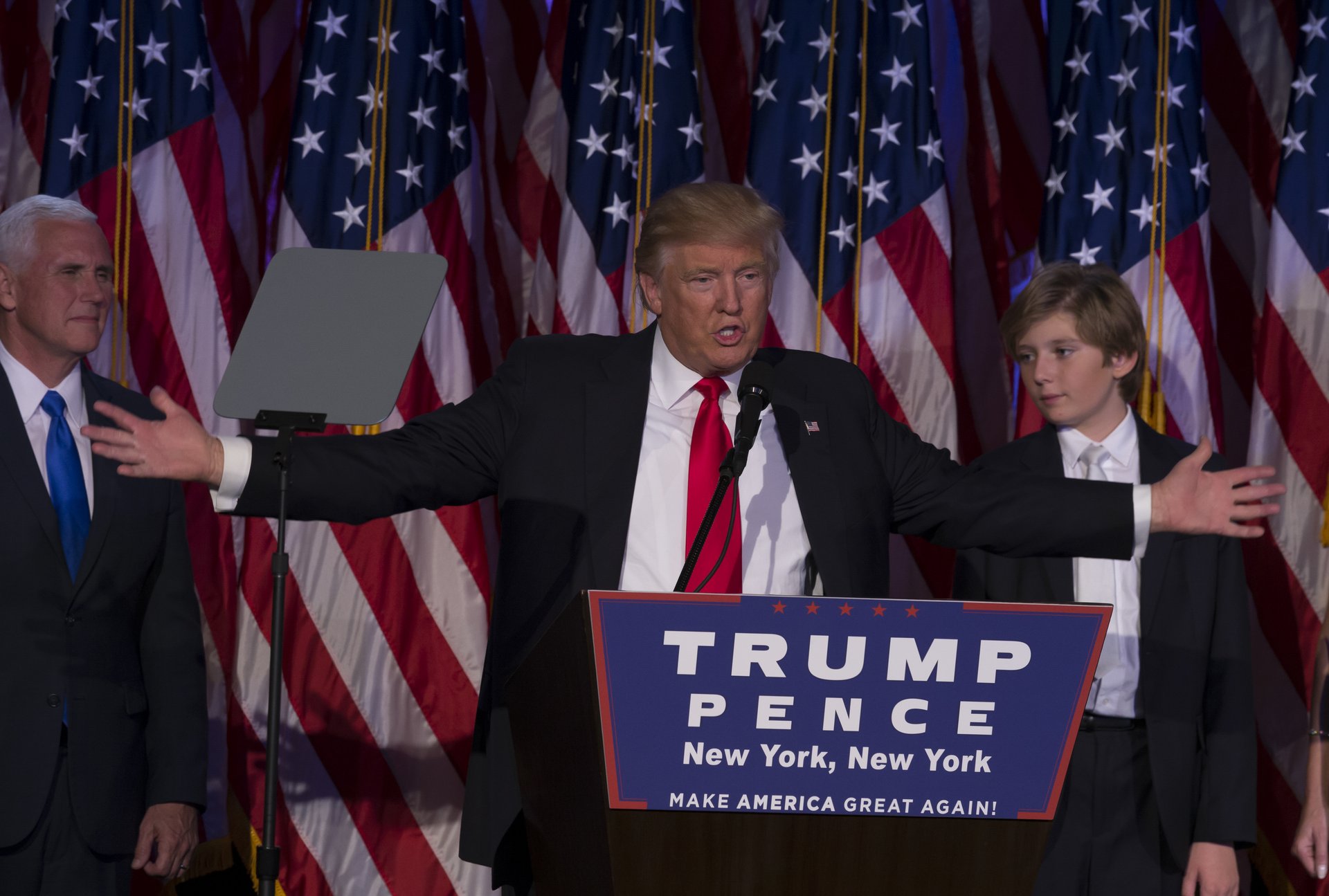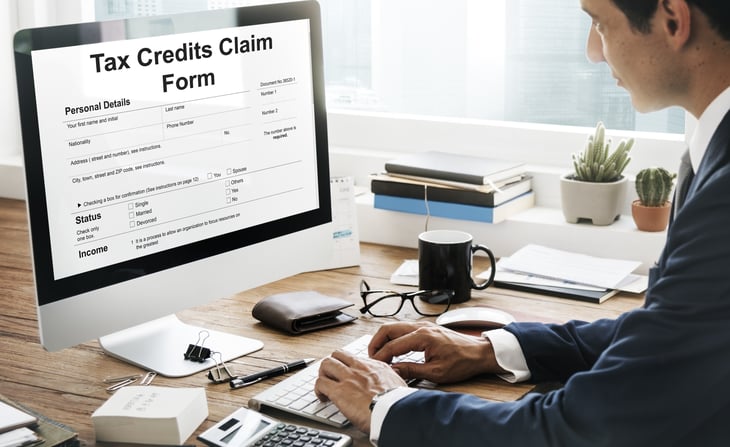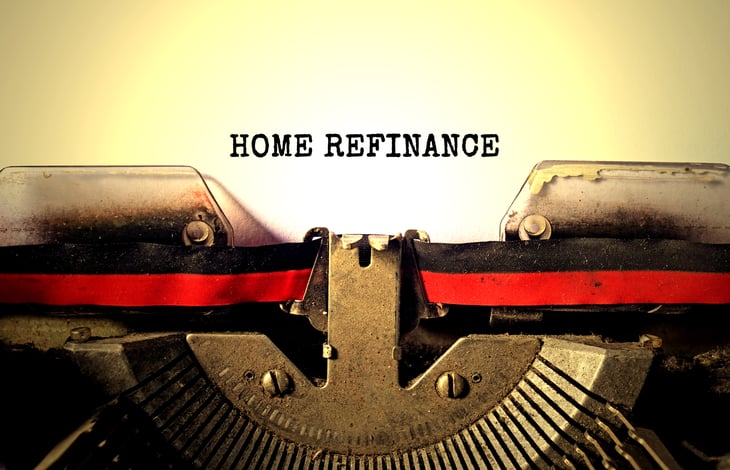
What will happen to your finances with Donald Trump in the White House? Initially his election sparked a Wall Street rally that pushed major stock indexes to record highs before leveling off in January.
While we can’t know for sure what will happen after his inauguration, analysts have been formulating a picture, based on the run-up to this day.
As the president-elect proceeded to name his Cabinet members, make speeches on his “thank you” tour and post updates on his transition website, a general consensus formed that suggest the following:
- Lower taxes
- Hotter economy
- Rising inflation
- Higher interest rates
It won’t happen overnight.
While Trump’s proposals look pro-growth, “nothing in our nation’s capital seems to move forward quickly,” Scott Wren, Wells Fargo senior global equity strategist, said in a recent report to investors. “Even with one political party controlling both houses of Congress and the presidency, the new administration’s proposals will need to be presented, refined, detailed and debated before eventually (if ever) being implemented,” Wren cautioned.
That means you’ve got time to prepare for the fiscal fallout of the new presidential administration. Here are eight tips to help.
1. Maximize 2016 tax deductions

Grab all the allowable deductions you can this year because they might change next year.
For 2016, the standard deduction is $6,300 for single filers and married couples filing separately, and $12,600 for married couples filing a joint return. Itemize when your deductible expenses exceed the standard deduction.
Under Trump’s tax proposals, the standard deduction would increase to $15,000 for singles and $30,000 for couples, but itemized deductions would be capped. The number of tax brackets would shrink from seven (with a top bracket of 39.6 percent) to three (top bracket of 33 percent).
The Urban-Brookings Tax Policy Center says Trump’s tax plan would cut taxes for most Americans, with the largest tax cuts going to top earners. Lower tax rates (especially for businesses), a higher standard deduction, and childcare benefits would all lower tax bills. However, an estimated 7.9 million families with children would pay higher taxes under Trump’s proposal, Fox News reported, because the Trump plan would eliminate head-of-household filing status and all personal and dependent exemptions. Proposed child care and elder care tax relief could ease those losses.
You can check out how the Trump tax plan could affect your taxes here.
If your taxes are going down, and you plan to make a sizable charitable donation in 2017, analysts suggest that you consider making it now instead so you can write it off on your 2016 taxes. However, if your taxes are likely to go up, wait and make the donation next year in case the deduction will still work for you.
2. Boost your retirement account now

Also this year, add money to your retirement accounts, such as a 401(k) or an individual retirement account (IRA).
Contributions to a traditional IRA are tax-deductible, and contributions grow tax-deferred. Qualified withdrawals from a Roth IRA are tax-free after age 59½. For 2016, you can contribute $5,500 to an IRA ($6,500 if you’re over age 50), the IRS says.
Money contributed to a 401(k) is not included in your taxable income for the year. For 2016, savers can contribute $18,000 to a 401(k), the IRS says, plus another $6,000 if you’re 50 or older.
3. Lock in loan rates

Don’t buy on impulse, but if you were already considering a major purchase such as a home or car, or refinancing an existing mortgage, you might want to complete the transaction soon before rates climb further.
Mortgage rates are already on the rise, according to Bankrate.com. They averaged 4.15 percent for a 30-year fixed rate loan in a recent week, up from 3.73 percent four weeks earlier.
“Mortgage rates are likely to rise somewhat as the economy reflates, and as more risk gets built into interest rates,” Kenneth Rogoff, professor of economics and public policy at Harvard University, told Money Talks News.
See our recent story, Buying or Refinancing a Home? Read This.
4. Refinance to save money

A refi now might mean you could quit paying for private mortgage insurance (PMI).
“PMI is common when you do not put 20 percent down on your purchase,” Rob Walworth, director of mortgage sales at BECU, Washington state’s largest credit union, told Money Talks News. “If you are currently paying PMI, now would be a good time to assess the value of your home to determine if you are able to refinance and eliminate the PMI. This could save you hundreds every year in your mortgage payments.”
5. Beat inflation

If you’re a homeowner with a low-rate, 30-year fixed mortgage, you already have one of the best inflation hedges. As your home value rises and your salary (in theory) goes up, your mortgage payment won’t. In effect, you’ll repay the loan with cheaper dollars. Morgan Stanley bankers predict a 4 percent a year rise in average home prices.
If you’ve got the space, consider stocking up on staples like flour, grains, spices, sugar, coffee, tea, macaroni, beans and canned goods that will keep for months. Also paper goods such as toilet paper, napkins and paper towels bought cheap now will save you money later.
Use coupons selectively to offset price hikes on products you normally buy.
Pay down debt on any loan that might be affected by higher interest rates.
In a Project Syndicate commentary, Rogoff recently wrote about economic growth and the likelihood of inflation:
“With an incoming Republican administration hell-bent on reflating an economy already near full employment, and with promised trade restrictions driving up the price of import-competing goods, and with central-bank independence likely to come under attack, higher inflation – likely exceeding 3 percent at times – is a near-certainty. And output growth could surprise as well, possibly reaching 4 percent, at least temporarily.”
Rapid inflation can be bad for the unprepared, says Scott Anderson, chief economist and executive vice president at Bank of the West, writing in Forbes. “It eats away at real earnings as prices can jump ahead of pay raises. People on fixed pensions see their real spending power sapped, as costs for medical care and housing go up with all the other prices in the economy.”
6. Rebalance your portfolio

The end of the year is a good time anyway to reflect on how well your investments are working for you, but with an incoming administration bent on shaking up the economy, the urgency of reviewing your portfolio’s performance grows. You shouldn’t try to time the market, but some experts are forecasting potential winning and losing sectors under Trump’s economic policies.
Bond funds may feel safe, but they come with risks, as Money Talks News financial expert Stacy Johnson explains here.
You can buy Treasury Inflation-Protected Securities (TIPS) directly from the government.
The principal of a TIPS increases with inflation and decreases with deflation, as measured by the Consumer Price Index, according to TreasuryDirect.com, a government website. When a TIPS matures, you are paid the adjusted principal or original principal, whichever is greater. TIPS pay interest twice a year, at a fixed rate, based on the adjusted principal.
Portfolio managers are adjusting stock holdings as they plan for inflation.
“Inflation was already on the rise,” says Marcus Brookes, London-based head of the multi-manager team at the Schroders asset management company. “Now I expect the policies likely to follow in Donald Trump’s presidency will pile on further price pressure.”
Brookes says he has invested in areas that typically benefit from a general price rise, such as commodities, financials and cyclical companies, and moved away from low-inflation beneficiaries such as bonds, property and “non-cyclicals,” companies that deliver low but consistent growth irrespective of the economy.
Robert Stolar, a Morgan Stanley adviser who spoke to Barron’s, and others say Trump’s infrastructure spending plans would help seed the economy, putting more money in people’s pockets. Easing of government regulations, they say, would also give businesses a boost. So he’s bullish on consumer staples, financials and health care.
7. Spend wisely

You may well find you have more money if you’re working under Trumponomics, analysts say.
“Trump’s economic agenda is likely to provide a needed fiscal boost to U.S. growth,” Morgan Stanley Chief U.S. Economist Ellen Zentner said in a recent report. With 2016 GDP growth tracking at 1.6 percent for the year, Zentner and her team have lifted their forecast for 2017 to 2.0 percent.
“On the back of tax reform, personal disposable income increases, despite slower job growth, while a lower unemployment rate helps support further wage gains,” Zentner predicts.
Wells’ Wren says lower taxes would free up cash for corporations to purchase new equipment or hire more workers.
“Lower taxes allow consumers to do more ‘discretionary’ spending on vacations, furniture, and home remodeling,” he said.
Ahead of any increase, make a plan to save any extra income and make it work for you in a retirement account or other investment. Use a budget and a spending tracker such as Power Wallet to control your spending.
8. Hedge your bets

Time and temperament may not be on Trump’s side, analysts say, so be sure you’re prepared if the economy sours after all.
Put money aside so you have enough savings to cover six months to a year of expenses, keep your resume updated, keep networking and consider getting a side job to pay off holiday and other bills.
The economic expansion that began in July 2009 under the last presidential administration already has lasted much longer than the 58-month average post-war expansion.
“Whether the next recession is one, two or five years down the road, each day that passes brings us closer to the inevitable,” Wren says.
Rogoff warns that his own optimistic outlook for economic growth under Trump could go awry.
“If the new administration proves erratic and incompetent (a real possibility), dejection will quickly overwhelm confidence,” Rogoff says. On the other hand, he cautions, “beware of pundits who are certain that Trump will bring economic catastrophe.”
A catastrophe might be unavoidable, he warns, but growth is more likely.
“Yes, it still could all end very badly. The world is a risky place. If global growth collapses, U.S. growth could suffer severely. Still, it is far more likely that after years of slow recovery, the U.S. economy might at last be ready to move significantly faster, at least for a while.”
What’s your financial outlook heading into the new year under a new president? Share with us in comments below or on our Facebook page.




Add a Comment
Our Policy: We welcome relevant and respectful comments in order to foster healthy and informative discussions. All other comments may be removed. Comments with links are automatically held for moderation.